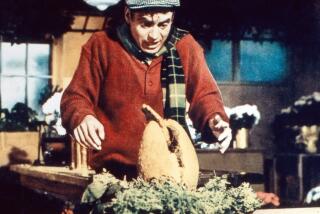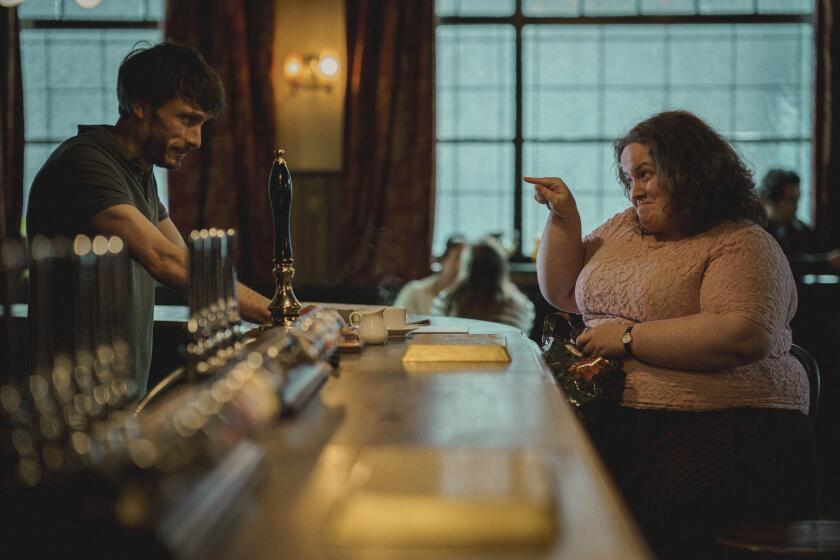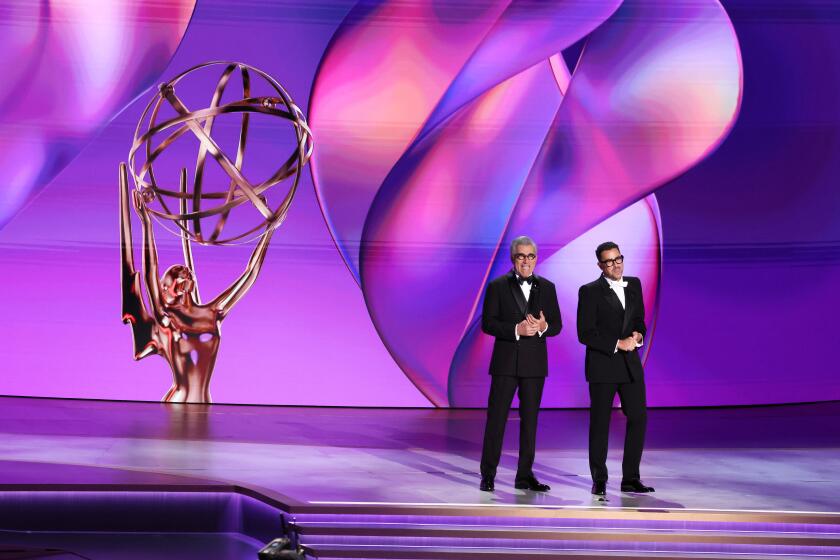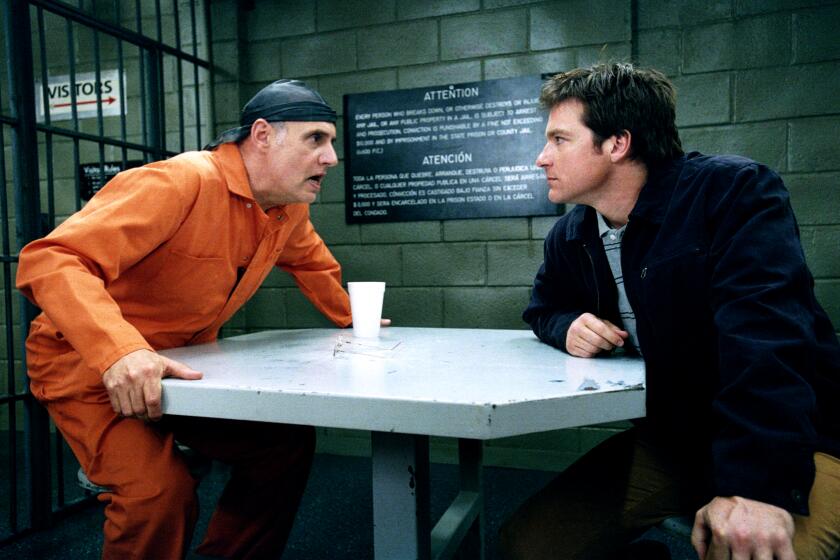John Toll ventured into uncharted territory to shoot ‘Billy Lynn’
Director of photography John Toll ventured into uncharted technological territory for “Billy Lynn’s Long Halftime Walk,” a drama about American soldiers returning home from Iraq for a brief victory tour. Toll shot in 3D, using cameras capable of delivering both 4K resolution, meaning more pixels, and 120 frames per second, meaning five times the traditional rate for a movie. The result is the first film of its kind.
“The high frame rate was new to all of us,” said Toll. “3D was something that was new to me.”
Growing up in Cleveland, Toll learned how to work in a darkroom at age 10. He attended college at CSU Los Angeles, while working part-time at a documentary film company called David Wolper Productions. Starting as a production assistant, he eventually embarked on a cinematography career that has earned him two Oscar, for 1994’s “Legends of the Fall” and 1995’s “Braveheart,” as well as an Oscar nomination for 1998’s “The Thin Red Line.”
Despite his decades of professional accomplishment, he called his collaboration with director Ang Lee on “Billy Lynn” a learning experience, adding, “It was really an exploration of how to go about using a newer technology in a new way.”

“Billy Lynn’s Long Halftime Walk” is a drama about American soldiers returning home from Iraq for a brief victory tour.
When did you first meet Ang Lee?
There was no greenlight on the picture. He was looking for someone to do testing with him, so he interviewed a couple of cinematographers. I was lucky enough to be asked to join him on these tests, and this was in late October, just two years ago in 2014. So we tested five different cameras and three different 3D rigs. We did two days of that, which gave us a pretty good idea.
Which equipment did you choose?
Based on the requirements of the show, we felt that the Sony F65 cameras would be most appropriate. ARRI/Zeiss Master Prime lenses would be good. And the particular rig that we chose was called the STEREOTEC rig, which would also really fit our needs. I mean, the whole nature of the project is about clarity of the image. And the combination of that lens and that camera seemed to deliver that in ways that other equipment didn’t.
What was the setup?
So basically, native 3D requires that you use two cameras simultaneously for image origination. You know, one left eye, one right eye. You’re not just using a camera, you’re using two of them simultaneously mounted in a single rig. So when you put the cameras, rigs, all the accessories together in one package, we had a camera that basically weighed between 100 and 110 pounds. So all the normal camera mobility devices—dollies, cranes, Steadicams or even handheld—we had to adjust for the specific physical characteristics of the entire rig. It was too heavy for handheld work. We actually did one Steadicam shot on the movie, but it created more problems than it was worth, so we had to figure out an alternative. We put the camera on a small jib arm on a camera car called a Grip Trix. It’s like an electric golf cart on steroids. The shots in the halftime sequence with Bravo marching across the field all used this device. And for the long tracking shots in the stadium and the hallways of the stadium, that’s what we used. It worked out really well.
What were other challenges of the halftime show?
Given the demands of the project, I think it’s amazing we pulled it off, quite honestly, just because of the light. One thing about the process: Because of the high frame rate, you have to build the level of illumination. It just takes more light to get the same exposure at 120 frames than it does at 24.
Did this also affect the lighting of the Iraq scenes?
We went to Morocco for Iraq. We were shooting in the desert. In terms of the light in Morocco, I didn’t do much manipulation of lighting at all, because it was just that hard, hot, contrast-y, bright sunlight, which was perfect for recreating the feeling of Iraq.
What are some of your favorite shots?
There are a couple closeups of [the film’s lead actor] Joe Alwyn that are really, really, extremely interesting. The first one is in the stadium when they play “The Star-Spangled Banner” and his salute. And the whole shot is pretty much played on his face in very tight closeup, it’s so expressive. Without hardly any change in expression, the mood changes incredibly, just in terms of the intensity of the emotions. So it’s something that’s pretty unique. I think that was Ang’s primary motivation for the whole process. So it wasn’t all the other visual stuff—the spectacle or action. It was all about what it does to the human face and how it can enhance performance and story.
See the most read stories this hour »
ALSO:
Cinematographers find the magic in the mundane in films like ‘La La Land,’ ‘Moonlight’ and ‘Jackie’
The heart of a film often comes down to one key scene
Why a change is gonna come in Oscar races for director and cinematography
More to Read
From the Oscars to the Emmys.
Get the Envelope newsletter for exclusive awards season coverage, behind-the-scenes stories from the Envelope podcast and columnist Glenn Whipp’s must-read analysis.
You may occasionally receive promotional content from the Los Angeles Times.







